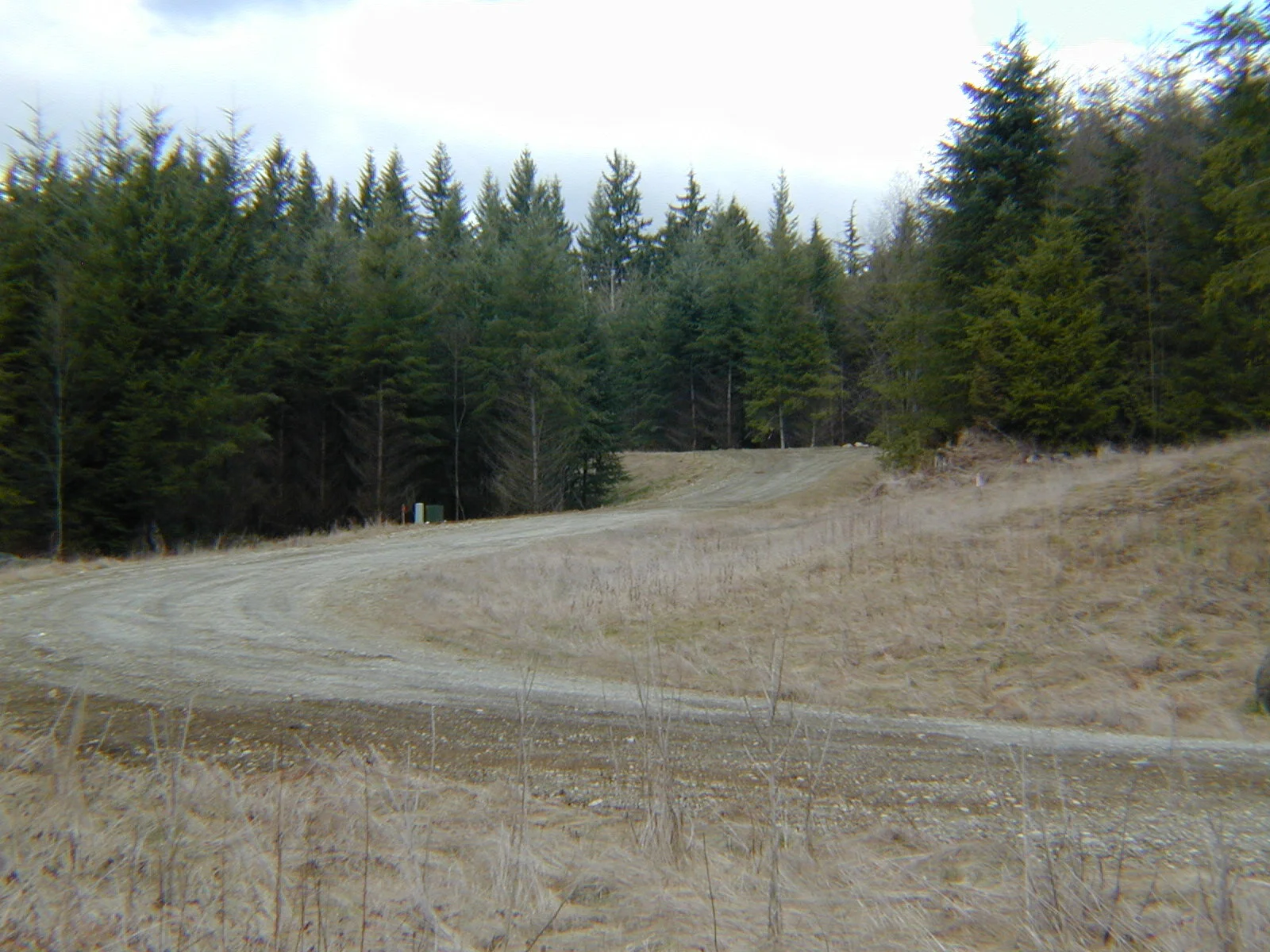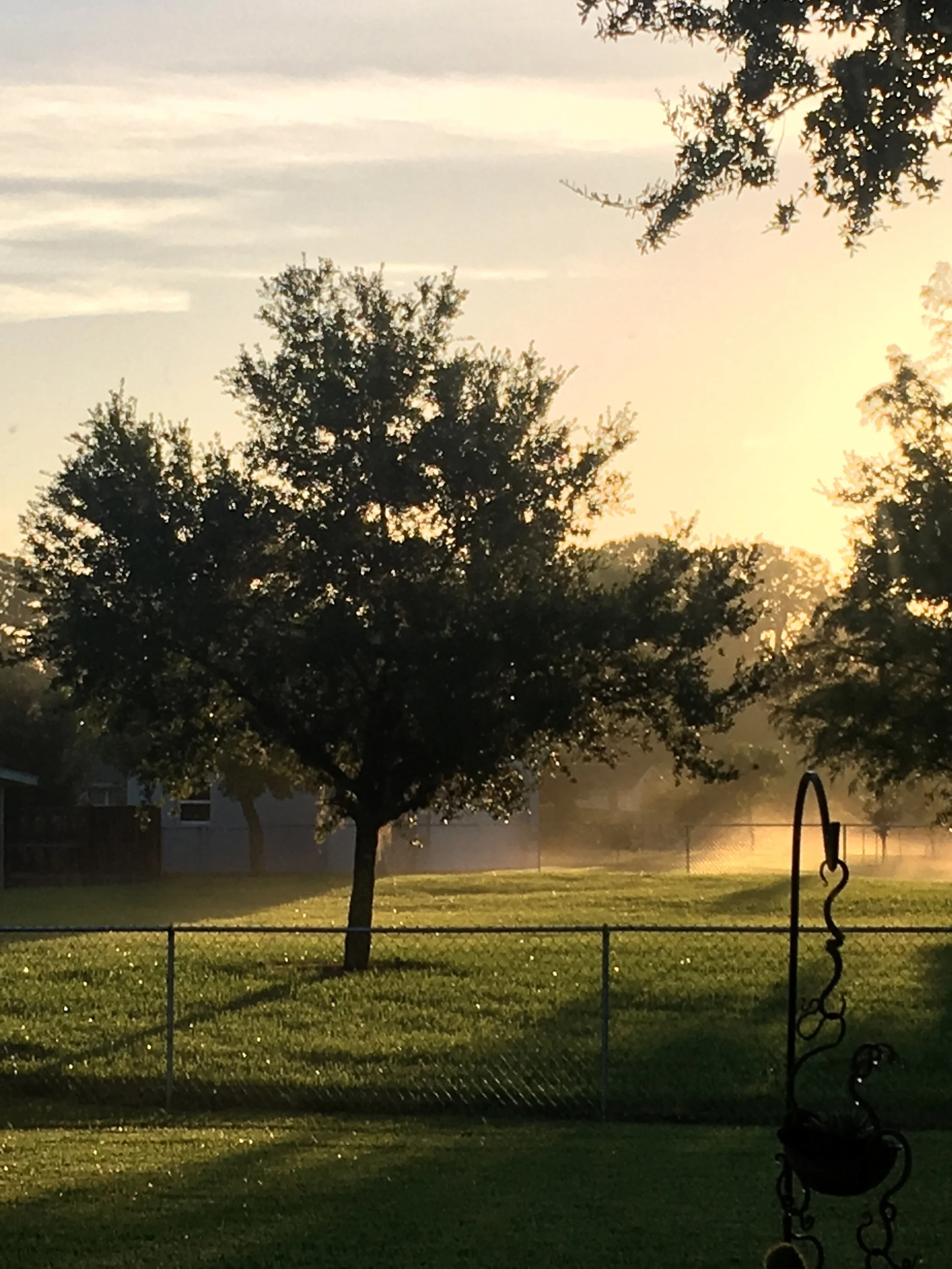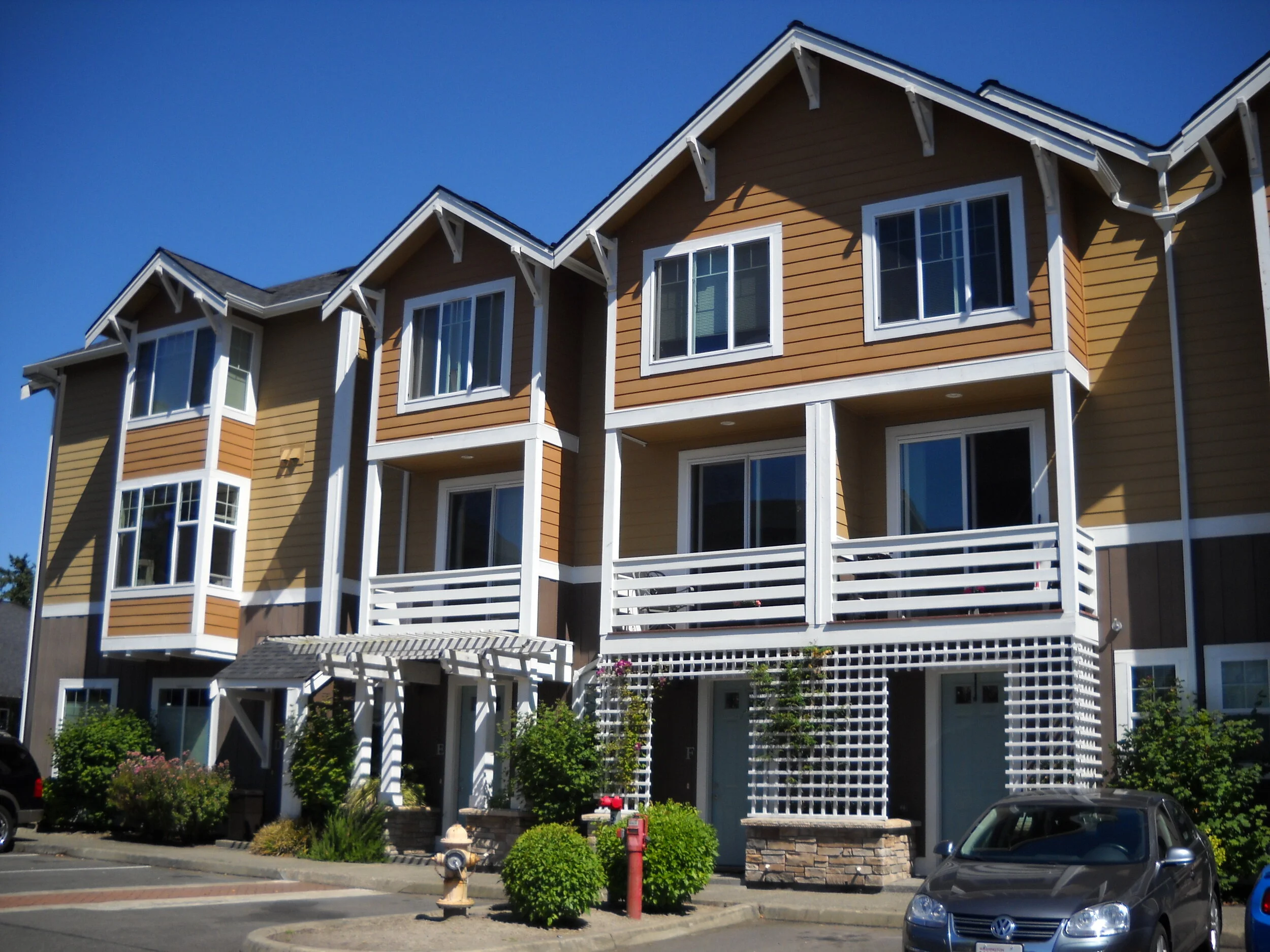Short Plats / Short Subdivisions
Short Subdivisions - a.k.a. Short Plats:
Short subdivisions, commonly known as Short Plats, have historically been a simpler and more expedited way of subdividing land compared to traditional long plats. The definition of a short plat depends on how the county or municipality defines it in their code. Up until recent years, short plats have been a subdivision of land that creates 4 or fewer parcels and that’s the way many investors remember it from times past.
Today, some municipalities allow for higher densities in a short plat application. One urban county in my home state allows short plats for 9 or fewer parcels within the designated urban growth area, along with 4 or fewer parcels outside of the urban growth area. This extra allowance is designed to incentivize greater lot density in the designated growth zones. In turn, this helps to prevent urban sprawl and reduce the overall environmental impact of subdividing land.
Short plat rationale:
Think of the regular guy that inherited 20 acres from Grandma and is not a developer. If he looks at the underlying zoning for the area, he might find that it allows for 5 acre lots. Therefore, he could theoretically do a short plat and create 3 new parcels (plus 1 existing) for a greater profit than selling out the 20 acres as a single parcel. This all sounds good provided that the total cost is favorable, to include key costs like permitting and construction.
Economics of short plats:
As a general rule in land development, it is more profitable to develop the highest lot densities possible from a project, even if the individual lots sell for less than larger ones would. I have gone against this rule many times as a large lot developer, but only when more profit can be realized by doing so.
That’s the challenge with short plats. You get bare minimum density and the costs of doing it are amortized over fewer profit generating lots. As one example, let’s say you have 4 lots and 500 feet of frontage to run utilities through. If the cost of running all the utilities is $100,000, that’s $25,000 of cost basis per lot. If the same acreage produced 8 lots along the same frontage, the cost basis would be half that - $12,500 per lot. The fair market value of the end product vs total cost basis can reveal the most profitable choice.
Keep in mind that permitting a short plat has become more complicated in many states over time. Just two examples are the comprehensive and environmental policy plans of the state the land is located in. Compliance in just these two areas can require formal studies and reports conducted by licensed consulting firms. That costs money, which again is amortized over the eventual lot yield. Remember, lower lot yield = higher cost per lot.
I guess the moral of this is not to assume a short plat will be profitable just because it is allowed and is perceived to be faster. Both assumptions may be false. The true grind is defined by the regulatory conditions for where the land is located, and the total cost associated with compliance. Even though I have developed thousands of acres in my career I have only done 2 short plats and I only did it because I had to. But that’s not to say that it can’t be the right choice!
10 key considerations for short plats:
1. It has been verified that the land can be subdivided into smaller lots and the allowed density is known.
2. The requirements for a building-permit-ready lot can be lawfully met. It’s one thing to have a legal parcel, it’s another thing to get a building permit for that parcel.
3. The cost of submitting a complete application is projected.
4. The entitlement / permitting costs have been projected.
5. Utility costs are identified, to include hookup fees and capacity to serve the project.
6. Required off-site improvements are identified.
7. Construction costs are projected.
8. Impact / mitigation fees are accounted for.
9. An approvable building envelope for each lot is possible.
10. A comparative market analysis of fair market value shows there is profit potential.
There are far more than just these 10 key considerations and your engineer and other qualified experts will reveal them. This is just to get you to start thinking before pulling the trigger.
Opinions:
I like short plats as a concept for the guy that’s not a developer but has land he can realistically make money from. The fly in the ointment is the minimal lot yield against today’s permitting and construction costs, plus time. The cost and complexity is not what it used to be when uncle Jim did his short plat back in 1978. This is one reason why full-time developers will typically do short plats only when there is no other choice.
Plan “B” for land that can be short platted:
If a guy owns a piece of land that can be subdivided, his first thought might be that he’ll do it himself. Once he figures out the true cost and what the grind involved is, he might discover that selling out to someone else with more capabilities is a better choice. This involves pricing the undeveloped dirt based on the speculative value of the yet-to-be finished lot yield.
For land with short plat potential, the target buyer might be a small builder who can fold the cost of the short plat into the overall cost of the finished spec house. There are many builders that have purchased land from someone and used a short plat to create lots and saved the retail mark up.
Be aware that the builder in this example might ask the owner for a closing on the land sale only after the short plat is approved. I don’t like this idea since the landowner (seller) can be left holding the bag if the builder messes up the property prior to closing. Think liens, failure to close, or actual damage to the land as examples of the risks of doing this. I urge extreme caution if a landowner plans to team up with anyone for development work on his land prior to closing! Liens, fines and enforcement actions can be levied on the current landowner! That’s you, if the deal hasn’t closed!
What worked for me:
My 2 short plats were done out of necessity as previously described. They were rectangular 20-acre parcels stuck out on their own, and not contiguous with the subdivisions I was doing nearby. I came out ok on the profit side because I was able to use on-site septic designs, which prevented costly infrastructure and tie in cost with sewer. Likewise, I was able to avoid similar public water costs by the use of individual wells. I don’t think there would have been any profit if these two advantages were not there.
Review:
Short plats can work but pay close attention to the complexity and cost of permitting, along with the eventual cost of construction. Thoroughly know the governing laws and code for the area you are in. Be extremely careful in allowing anyone to contract for the land and conduct work on it prior to closing.
Also remember that if you already have a parcel with lot status you have existing value. If a short plat yields 4 total lots, you are probably only increasing value by 3 new lots, with a possible reduction of value for the parent parcel. Think about that when it comes to penciling out the net gain. Good luck!






